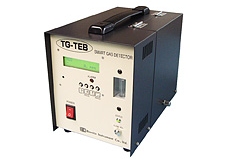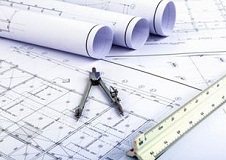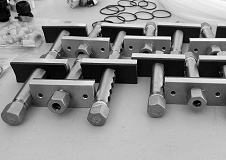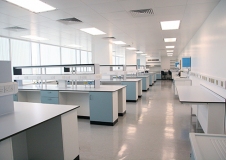Total gas detection and monitoring solutions
Noventis develops innovative stationary gas detection systems that offer greater reliability, improved productivity, and better cost-efficiency. We set out to transform stationary gas detection by applying the latest technology to our fixed gas monitors.
Whether there's a need to monitor carbon monoxide from vehicular exhaust in parking garages, carbon dioxide and oxygen levels in laboratories or medical rooms, ozone-depleting refrigerant gas leaks in mechanical rooms, toxic off-gassing from equipment or flammable gas leaks in pipes and equipment, Noventis has a full lifecycle solution for you.












